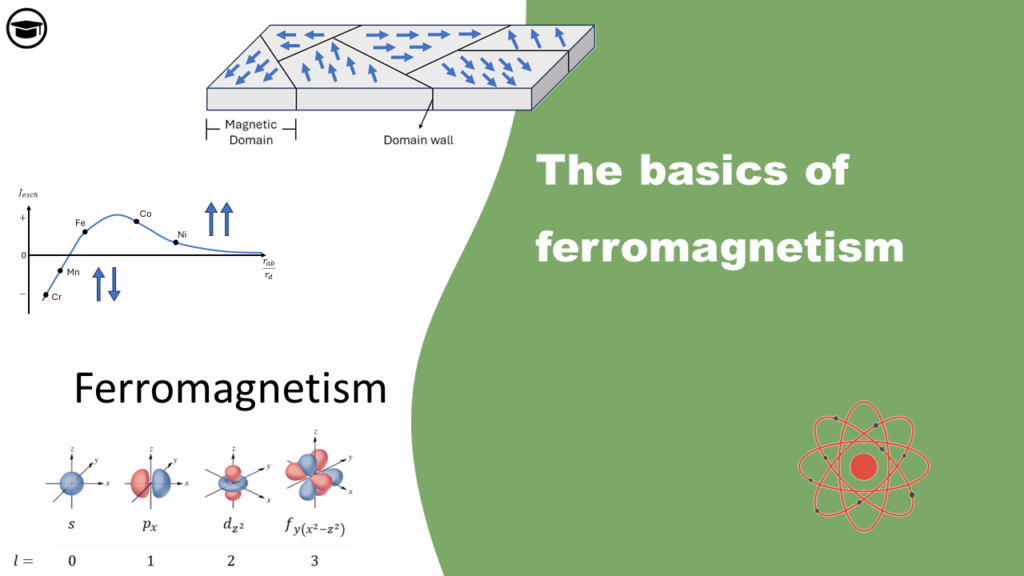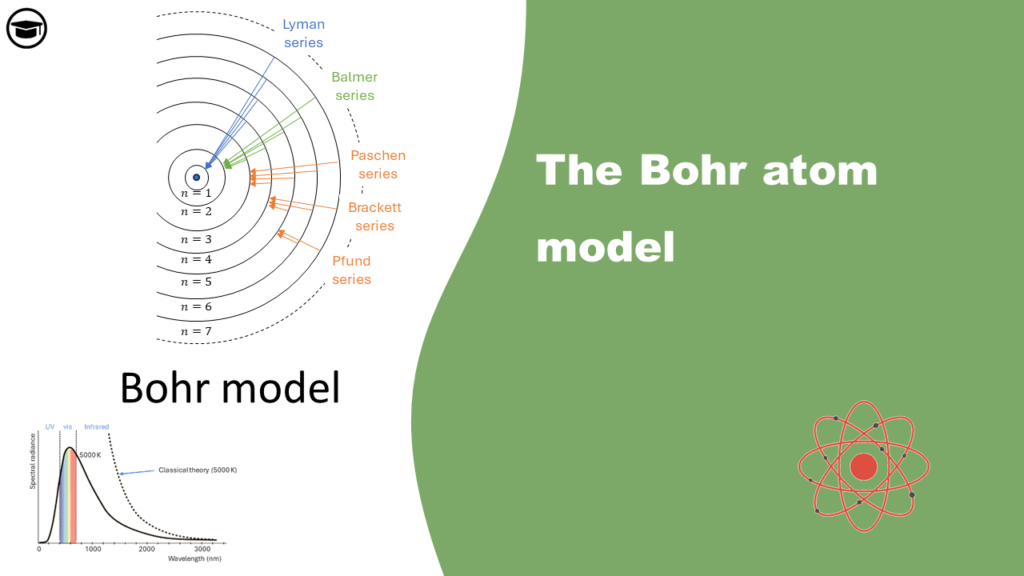 Daily tech news
Daily tech news
- Critical minerals are hiding in plain sight in U.S. MinesResearchers found that U.S. metal mines already contain large amounts of critical minerals that are mostly going unused. Recovering even a small fraction of these byproducts could sharply reduce dependence on imports for materials essential to clean energy and advanced technology. In many cases, the value of these recovered minerals could exceed the value of […]
- New state of quantum matter could power future space techA UC Irvine team uncovered a never-before-seen quantum phase formed when electrons and holes pair up and spin in unison, creating a glowing, liquid-like state of matter. By blasting a custom-made material with enormous magnetic fields, the researchers triggered this exotic transformation—one that could enable radiation-proof, self-charging computers ideal for deep-space travel.
- Miracle material’s hidden quantum power could transform future electronicsResearchers have directly observed Floquet effects in graphene for the first time, settling a long-running scientific debate. Their ultrafast light-based technique demonstrates that graphene’s electronic properties can be tuned almost instantaneously. This paves the way for custom-engineered quantum materials and new approaches in electronics and sensing.
- Century-old catalysis puzzle cracked by measuring a fraction of an electronScientists have directly measured the minuscule electron sharing that makes precious-metal catalysts so effective. Their new technique, IET, reveals how molecules bind and react on metal surfaces with unprecedented clarity. The insights promise faster discovery of advanced catalysts for energy, chemicals, and manufacturing.
- Stanford discovers an extraordinary crystal that could transform quantum techStanford scientists found that strontium titanate improves its performance when frozen to near absolute zero, showing extraordinary optical and mechanical behavior. Its nonlinear and piezoelectric properties make it ideal for cryogenic quantum technologies. Once overlooked, this cheap, accessible material now promises to advance lasers, computing, and space exploration alike.
- MIT quantum breakthrough edges toward room-temp superconductorsMIT scientists uncovered direct evidence of unconventional superconductivity in magic-angle graphene by observing a distinctive V-shaped energy gap. The discovery hints that electron pairing in this material may arise from strong electronic interactions instead of lattice vibrations.
Category
The basics of ferromagnetism
Magnetism is the force that is exerted by magnets when they repel or attract each other. It is caused by the motion of electric charges....
An introduction to Skyrmions
Skyrmions are a class of topological solitons discovered by Tony Skyrme in the 1960s, he used this concept to describe how subatomic particles exist as...
The Bohr atom model
The Bohr model revolutionized our understanding of the atom. It proposed electrons exist in fixed energy levels, challenging classical physics. This explained the hydrogen spectrum...
Ferromagnetic Resonance (FMR) spectroscopy
Ferromagnetic resonance (FMR) is a powerful tool for investigating magnetism in materials. By applying a microwave field and measuring its absorption, FMR reveals details like...
Spin pumping: An Introductory Overview
With STT, we have seen that a current can move magnetization, but the reciprocal effect is also possible, namely the generation of a spin current...
Tunneling effect at semiconductor/oxide interfaces
Electron tunneling is a phenomenon commonly observed at semiconductor/insulator or metal/insulator interfaces, particularly when the insulating layer is thin, typically a few nanometers thick. To...







